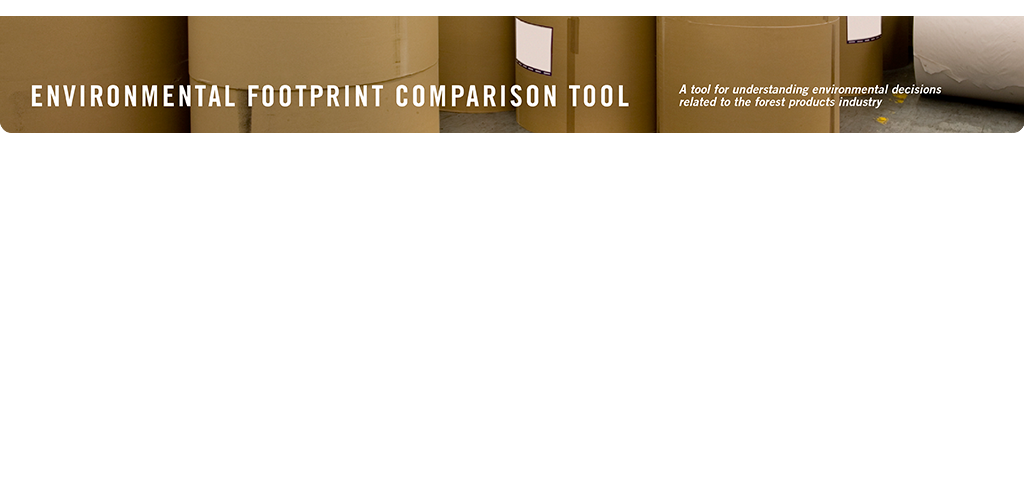
Assessments of the effects of recycling on greenhouse gas emissions must, at a minimum, address
impacts on:
a. fossil fuel-related greenhouse gas (GHG) emissions from manufacturing and along the value
chain,
b. carbon sequestration in forests, products and landfills,
c. methane emissions from landfills,
d. avoided emissions associated with the burning used paper as biomass fuel, and
e. the likely alternatives to recycling for used paper.
The significance of these elements of the assessment will be very site-specific. In addition, some of the
most important aspects of the assessment are very uncertain. It is, therefore, possible to calculate overall
impacts of increased recycling on GHG emissions that range from highly beneficial to highly detrimental
depending on site-specific circumstances and the assumptions used in the analysis.
When considering these aspects in the context of comparing recycled and virgin fiber, note that trade-offs
undertaken at an individual mill site ultimately have cascading effects through the overall industry�s fiber
cycle. Given that the recycled and virgin fiber cycles are inherently interrelated, shifts in
environmental aspects due to changes in the usage of one fiber type versus another result in shifts
elsewhere in the fiber cycle. Life cycle assessment (LCA) is a tool that can help examine these
interactions. LCA, particularly in the context of looking at the manufacturing of recycled versus virgin fiber
pulp, is discussed in NCASI Technical Bulletin No. 1003.
Follow the links to the right for more information.

More information:
Along the value chain
Carbon sequestration
Methane from landfills
Paper-derived fuels
Two U.S. studies
- WATER
- ENERGY
- GREENHOUSE GASES
- CHLORINATED COMPOUNDS
- WOOD USE
- ODOR
- EMISSIONS TO AIR
- DISCHARGE TO WATER
- SOLID WASTE
- Lowgrid10
- Lowgrid11
- Lowgrid12
- Lowgrid13
- Lowgrid15
- Lowgrid16
- Lowgrid17
- Lowgrid18
- Lowgrid19
- Lowgrid20
- Lowgrid21
- Lowgrid22
- Lowgrid24
- Lowgrid25
- Lowgrid26
- Lowgrid27
- Lowgrid28
- Lowgrid29
- Lowgrid30
- Lowgrid31
- Lowgrid32
- Lowgrid33
- Lowgrid34
- Lowgrid35
- Lowgrid36
- Lowgrid37
